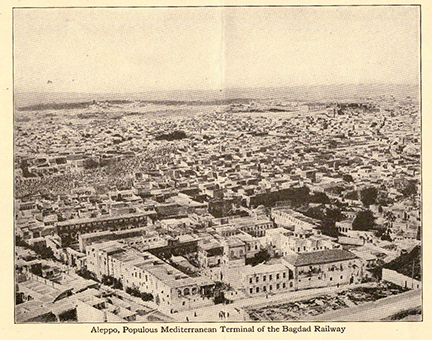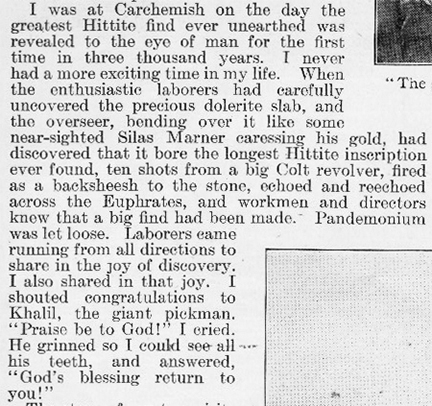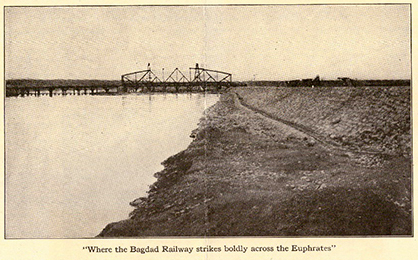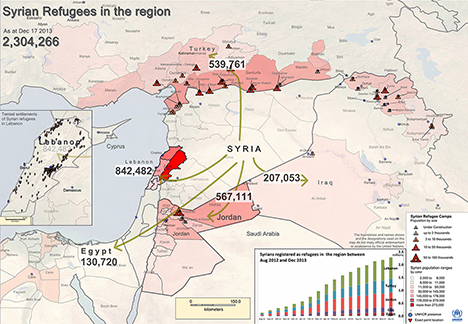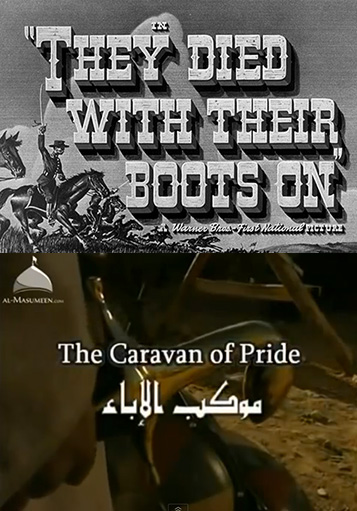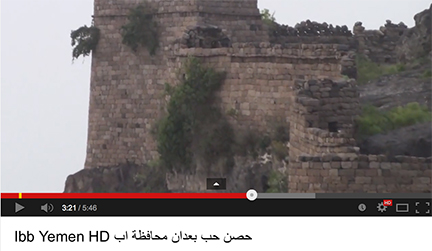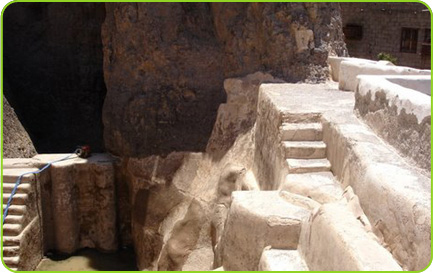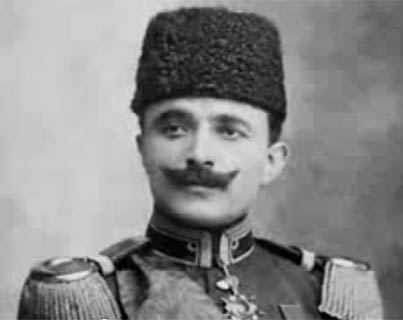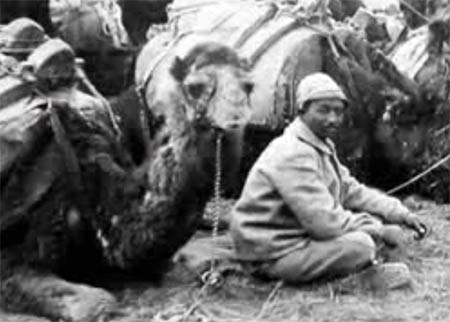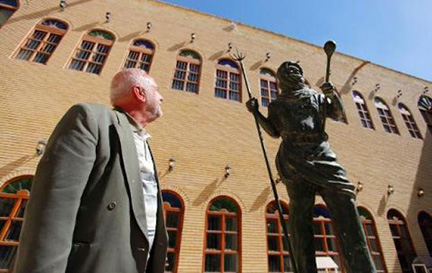
An Iraqi looks at a statue during his visit to the Najaf Heritage and 1920 Revolution Museum in the Khan al-Shilan building on February 27, 2014 in the holy city of Najaf, central Iraq © Haidar Hamdani – AFP
Iraq commemorates 1920 revolt against Britain in new museum
Your Middle East, February 27, 2014
Iraq opened a museum in the Shiite pilgrimage city of Najaf on Thursday commemorating a 1920 uprising against British occupation in a building that once housed captured soldiers.
Iraq opened a museum in the Shiite pilgrimage city of Najaf on Thursday commemorating a 1920 uprising against British occupation in a building that once housed captured soldiers.
The opening of the Najaf Heritage and 1920 Revolution Museum in the Khan al-Shilan building was attended by Tourism and Antiquities Minister Liwaa Smaisim, as well as tribal leaders and politicians.
“This is the first museum dedicated to the heritage and history of Najaf, and represents a symbol of the rejection of slavery and foreign occupation,” Smaisim told AFP. Continue reading Remembering 1920 in Iraq →
